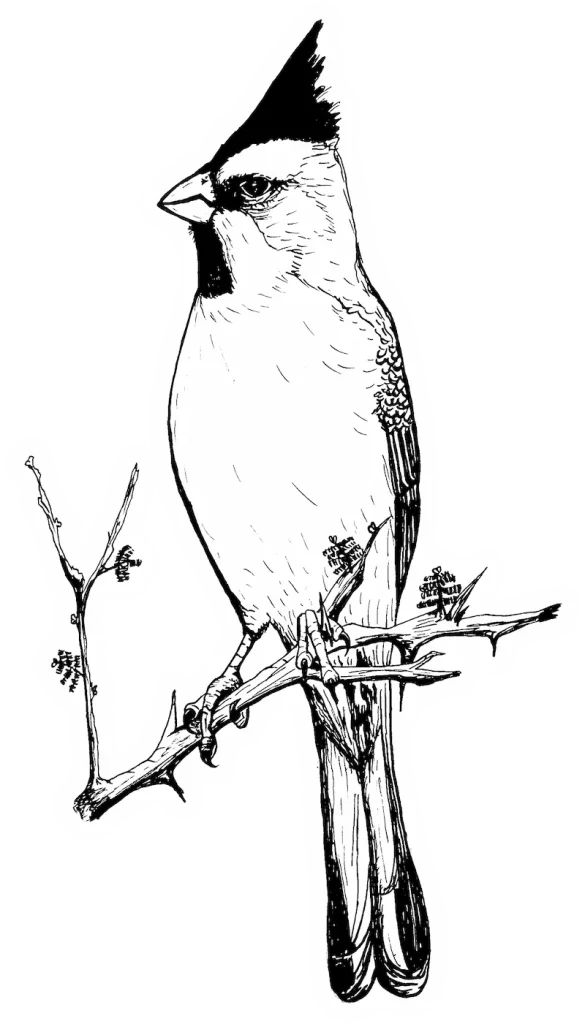Trophic ecology of Sterna hirundinacea and Thalasseus sandvicensis from Cardos Island, Florianópolis, SC, Brazil
- Simposio

- Simposio
Trophic ecology of Sterna hirundinacea and Thalasseus sandvicensis from Cardos Island, Florianópolis, SC, Brazil
FRACASSO, Hélio A.; BRANCO, Joaquim O.; VERANI, José R.
Departamento de Hidrobiología, Universidade Federal de Sao Carlos-UFSCar, CEP: 13565-905, SP (Brasil) | Centro de Ciencias Tecnológicas da Terra e do Mar, CTTMar – UNIVALI, CP 360, CEP 88302-202, SC (Brasil)
h_fracasso@yahoo.com.br
Food availability is an important factor determining seabird life history characteristics, colony formation and reproductive success. In the Brazilian coast, South American terns Sterna hirundinacea breeds associated with Cayenne Terns Thalasseus sandvicensis eurygnathus, and information obtained from foraging ecology studies should be considered during the elaboration of resource management programs. This work aims to provide novel information on the feeding ecology of the South American and Cayenne Terns during the breeding season of 2003, 2005 and 2006 at Cardos Island (27º48’S, 48º34’W), Florianopolis, Brazil. The highest frequency of food deliveries by South American Terns in the colony occurred around noon, while the lowest rate was observed in early morning and late afternoon. Engraulidae and Clupeidae were the main fish prey delivered to chicks. Cayenne Terns foraged in areas surrounding the colony. The 1157, 628 and 98 fish prey items observed in 2003, 2005 and 2006, respectively, belonged to five, three and two families, respectively. The families Engraulidae and Clupeidae were the most frequently delivered to nestlings during morning, remaining relatively stable throughout the day. The diversity of prey did not change during the reproductive cycle or as a function of chick age. The lack of data on prey populations has been hindering the understanding of how food affects tern distribution, migration and reproductive behavior in Brazil.
Cita sugerida:
- FRACASSO, Hélio A.; BRANCO, Joaquim O.; VERANI, José R.
- (2008)
- Simposio.
- XII RAO
- (página 32 pdf)
Derechos de autor:
Esta obra está bajo una licencia Creative Commons Atribución-NoComercial (CC BY-NC).
